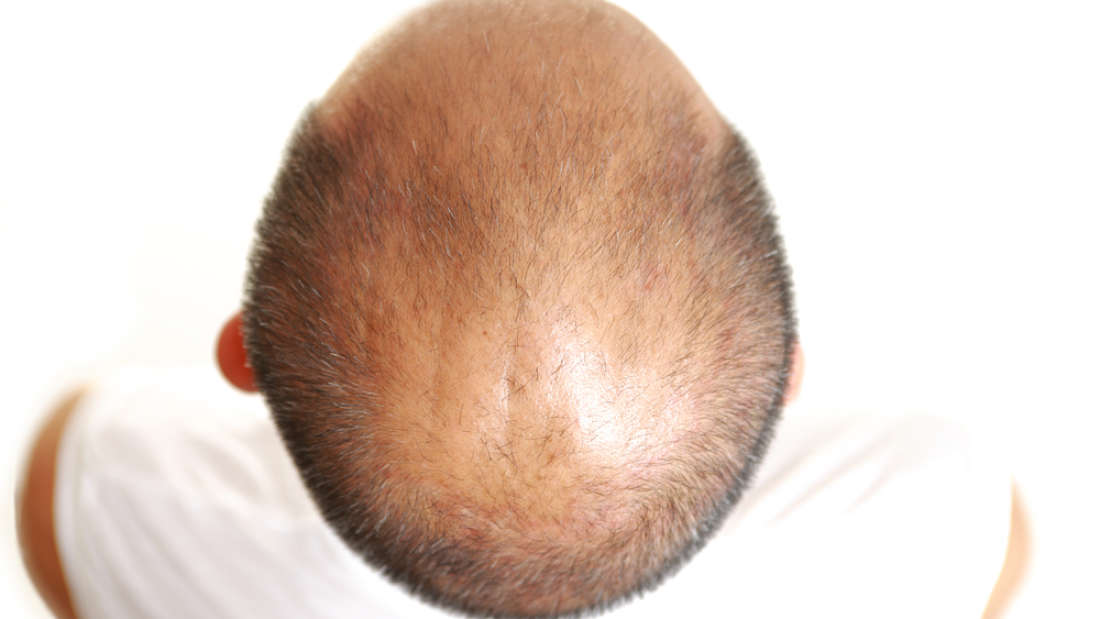Scientists have taken another step towards understanding the cause of alopecia and other forms of baldness, including male-pattern balding. With a little more research, the discovery could one day lead to a treatment for hair loss.
UC San Francisco researchers found that many forms of baldness could be due to T cells, aka Tregs. These immune cell are typically associated with controlling inflammation, but this research shows that they also directly trigger stem cells in the skin to promote healthy hair growth. This means that if the T cells are faulty, it disrupts the ability of the stem cells to regenerate hair follicles and therefore leads to balding. Why they may be faulty, however, remains to be seen.
“Our hair follicles are constantly recycling: when a hair falls out, a portion of the hair follicle has to grow back,” Michael Rosenblum, an assistant professor of dermatology at UCSF and senior author, said in a statement. “This has been thought to be an entirely stem cell-dependent process, but it turns out Tregs are essential. If you knock out this one immune cell type, hair just doesn’t grow.”
In their study, published in the journal Cell, they conducted experiments that temporarily removed Tregs from the skin of mice. When they shaved the hair off these mice, it didn’t grow back. “We quickly noticed that the shaved patches of hair never grew back, and we thought, ‘Hmm, now that’s interesting,'” Rosenblum said. “We realized we had to delve into this further.”
Imaging techniques showed that the Tregs are closely tied to the stem cells in the hair follicles that help regenerate hair. When the follicles enter their usual cycle of regeneration, the number of Tregs around it triples.
“It’s as if the skin stem cells and Tregs have co-evolved, so that the Tregs not only guard the stem cells against inflammation but also take part in their regenerative work,” Rosenblum said. “Now the stem cells rely on the Tregs completely to know when it’s time to start regenerating.”
To further solidify this idea, they also found that the genes associated with alopecia are almost all related to Tregs. This makes Rosenblum and his team think that understanding Tregs’ role in hair growth could lead to improved treatments for hair loss.
“We think of immune cells as coming into a tissue to fight infection, while stem cells are there to regenerate the tissue after it’s damaged,” he added. “But what we found here is that stem cells and immune cells have to work together to make regeneration possible.”
Ask me anything
Explore related questions





